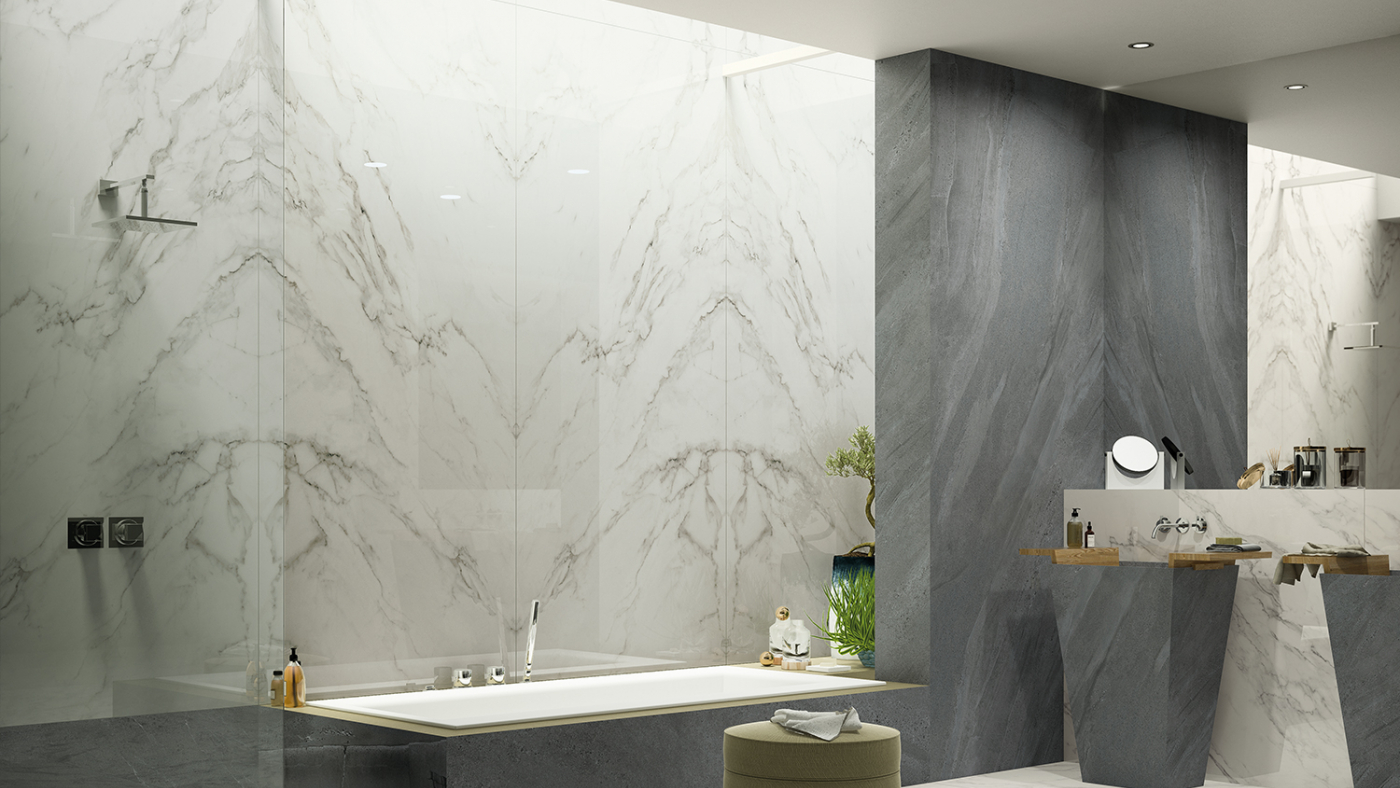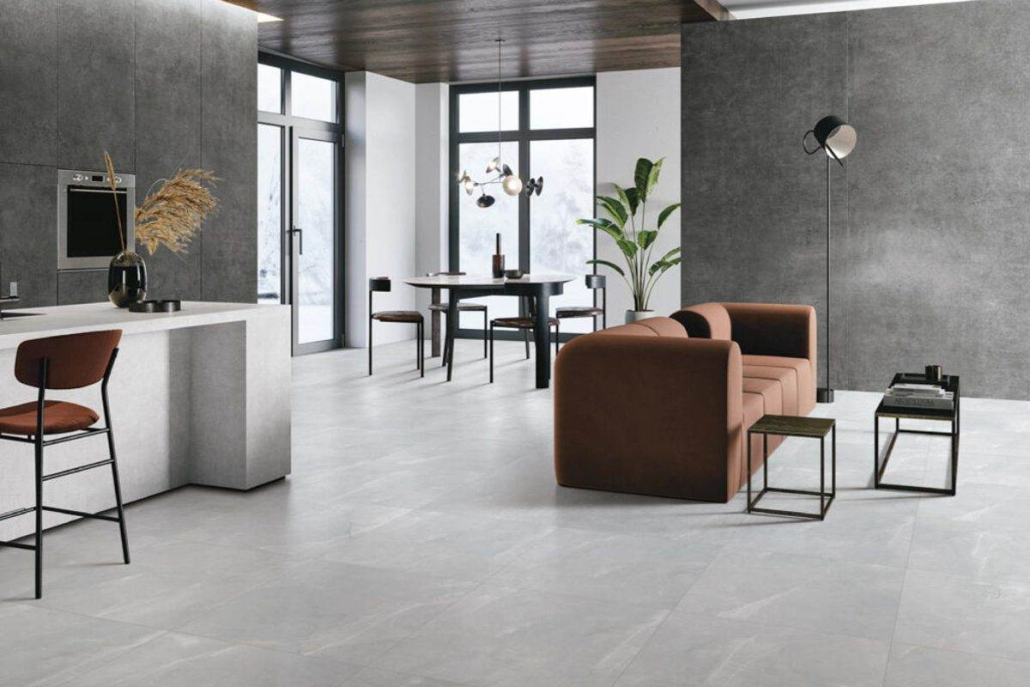Comprehensive Analysis of Large-Format Ceramics: Benefits, Installation, and Maintenance Challenges
Large-format ceramics, defined as tiles or slabs exceeding 1.2 meters in length, have revolutionized modern architecture and interior design. Their sleek, seamless aesthetic and functional advantages have made them a preferred choice for residential, commercial, and public spaces. However, their adoption is not without complexities. This article delves into the benefits of large-format ceramics and examines the technical challenges associated with their installation and maintenance, offering a balanced perspective for stakeholders in construction and design.

Benefits of Large-Format Ceramics
- Aesthetic Superiority
Large-format ceramics create a minimalist, uninterrupted visual flow, enhancing spatial perception by mimicking natural materials like marble or wood without visible grout lines. This makes spaces appear larger and more cohesive, ideal for contemporary designs.
- Durability and Strength
Engineered to withstand heavy loads and thermal stress, these ceramics boast high flexural strength (up to 40 N/mm²) and resistance to abrasion, chemicals, and frost. Their low water absorption (<0.5%) prevents cracking in humid environments.
- Sustainability
By reducing grout joints, large formats minimize material waste and lower lifecycle environmental impact. Many are produced with recycled content and energy-efficient processes, aligning with green building certifications like LEED.
- Low Maintenance
Non-porous surfaces resist stains and bacterial growth, requiring only periodic cleaning with pH-neutral solutions. Their durability translates to fewer replacements, reducing long-term costs.
- Versatility in Application
Suitable for floors, walls, facades, and countertops, they adapt to diverse settings—from high-traffic airports to moisture-prone bathrooms. Slim formats (3–6 mm) enable lightweight cladding over existing surfaces.
Installation Challenges
- Substrate Preparation
A perfectly flat, rigid substrate is critical. Deviations exceeding 2 mm per meter can lead to lippage or breakage. Solutions include self-leveling compounds or reinforced mortar beds, adding time and cost.
- Handling and Tooling
Weighing up to 50 kg per slab, manual handling risks worker injury. Specialized suction tools, lifting frames, and trained crews are essential. Precision cutting (e.g., waterjet or CNC machines) is required for custom fits.
- Adhesive and Alignment
Traditional thin-set mortars may insufficiently bond heavy tiles. Polymer-modified adhesives and large-notch trowels (12 mm+) ensure full coverage. Laser levels and spacers combat lippage, while expansion joints accommodate thermal movement.
- Logistical Complexities
Transportation demands protective packaging to prevent chipping. On-site storage must shield tiles from moisture and impacts. Just-in-time delivery mitigates space constraints.
- Cost Considerations
Labor costs rise due to specialized labor and extended installation timelines. However, long-term savings from durability often offset upfront expenses.

Maintenance Challenges
- Grout and Surface Care
While large tiles reduce grout lines, those present require sealing every 1–2 years to prevent staining. Harsh cleaners or abrasive tools can dull surfaces, necessitating gentle, non-acidic products.
- Structural Integrity
Improper installation may lead to cracks from substrate movement or point loads. Regular inspections for hollow sounds (via tapping) help detect adhesive failures early.
- Repair Complexity
Replacing a damaged slab risks mismatching due to batch variations. Partial replacements may require professional intervention, involving diamond saws and epoxy resins for seamless integration.
- Environmental Factors
Outdoor installations face UV exposure and thermal cycling, which can degrade adhesives or cause warping. UV-resistant grouts and proper slope gradients for drainage are critical.

Conclusion
Large-format ceramics offer transformative benefits in aesthetics and performance but demand meticulous planning and execution. Collaboration among architects, contractors, and suppliers is vital to address installation hurdles, while proactive maintenance strategies ensure longevity. As technology advances—think robotic installation tools or self-healing adhesives—the adoption of these materials will likely grow, balancing innovation with practicality in the built environment.
قیمت های موجود در سایت تاریخ بروزرسانی آن ها ذکر شده و قیمت نهایی محصولات نمی باشند. لطفا جهت ثبت سفارش و استعلام قیمت بروز با کارشناسان ما در ارتباط باشید.
(035-3357)